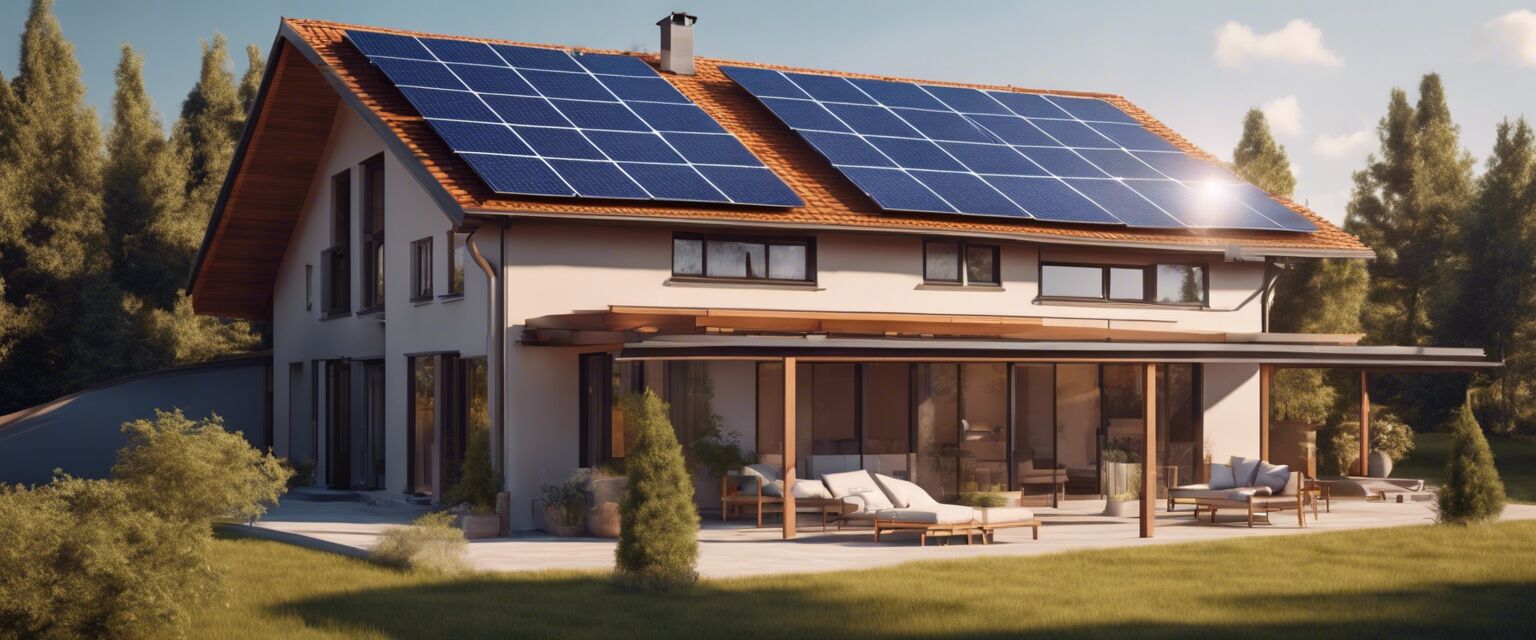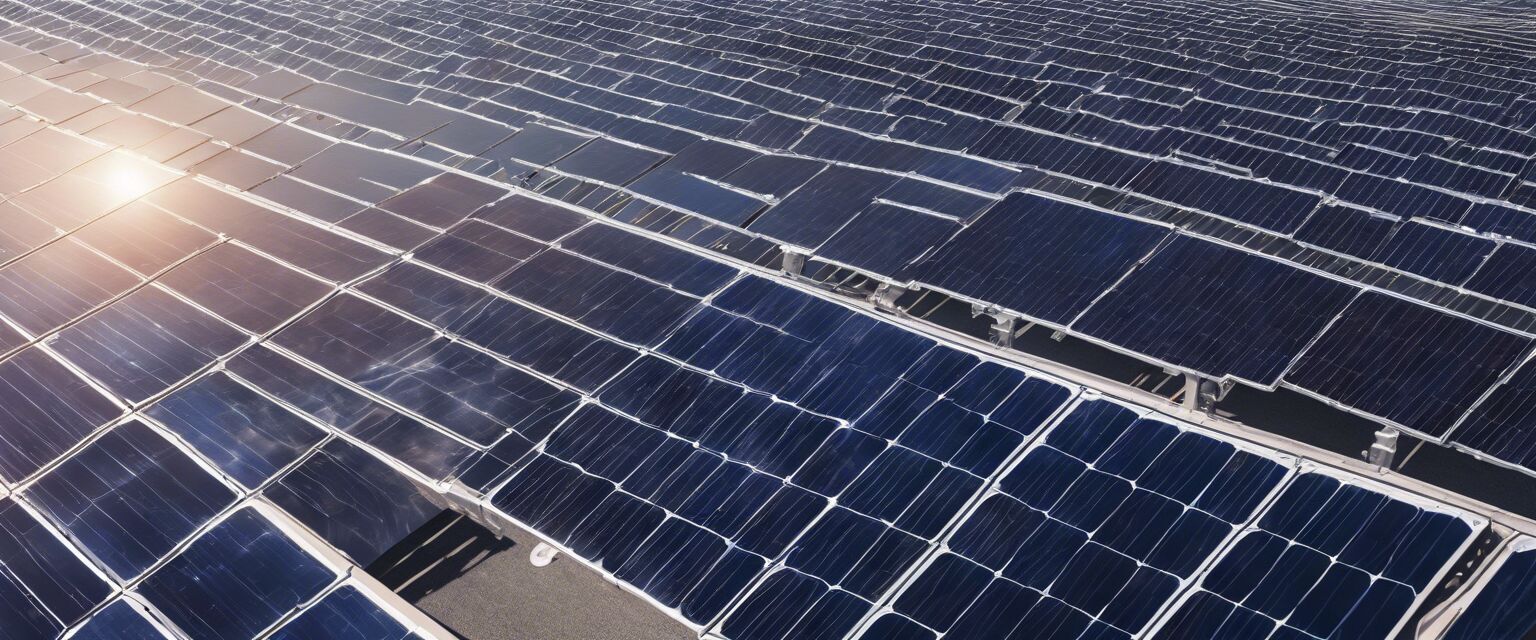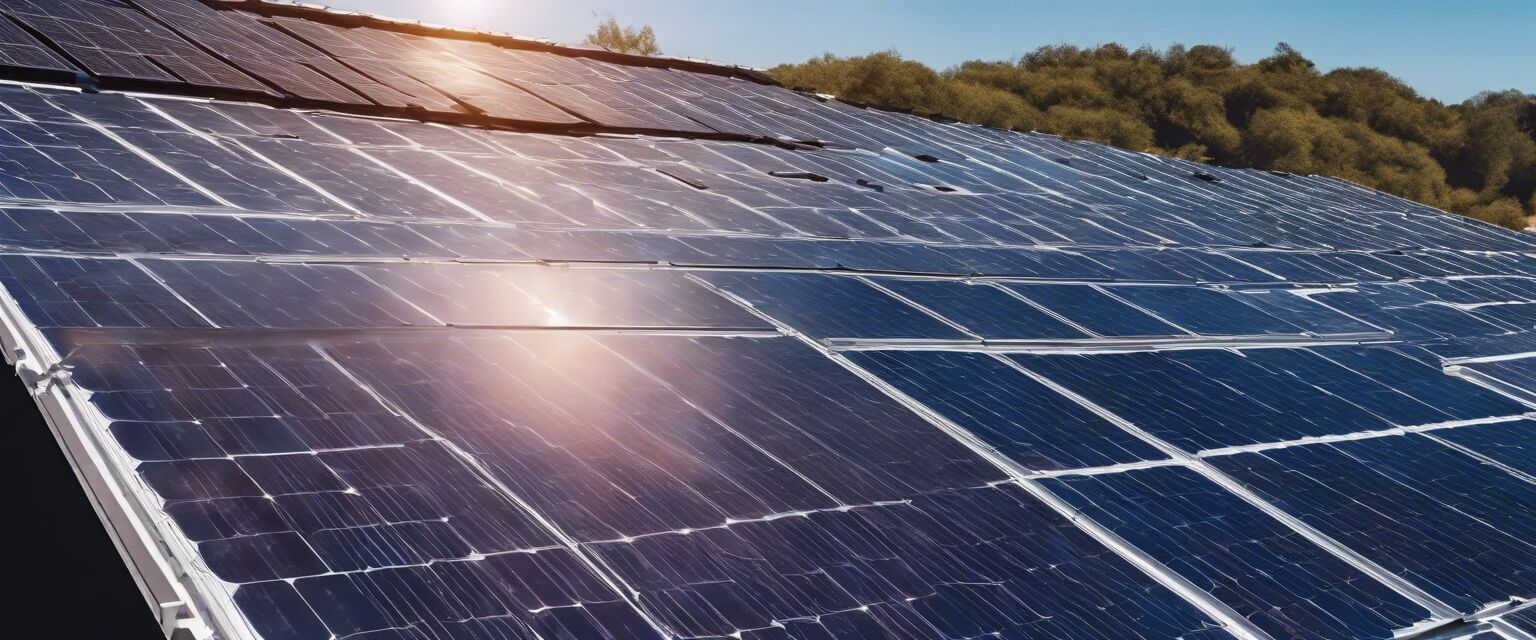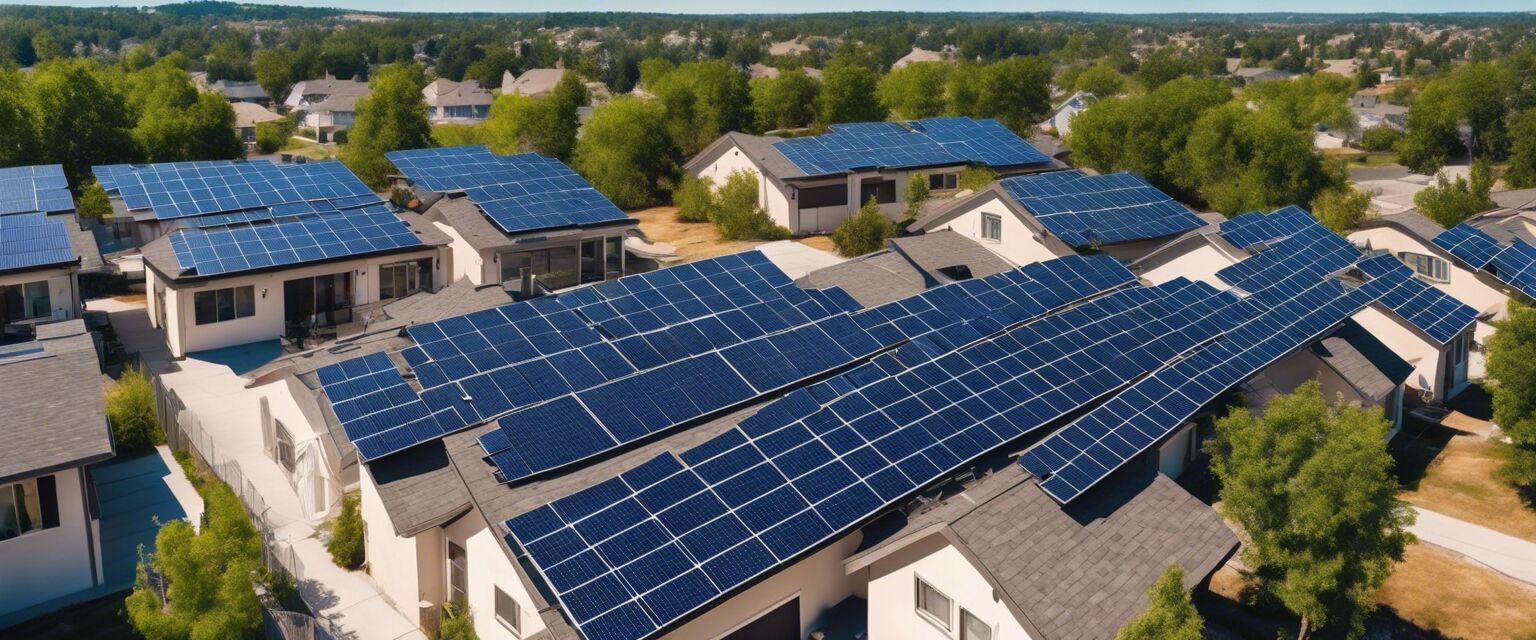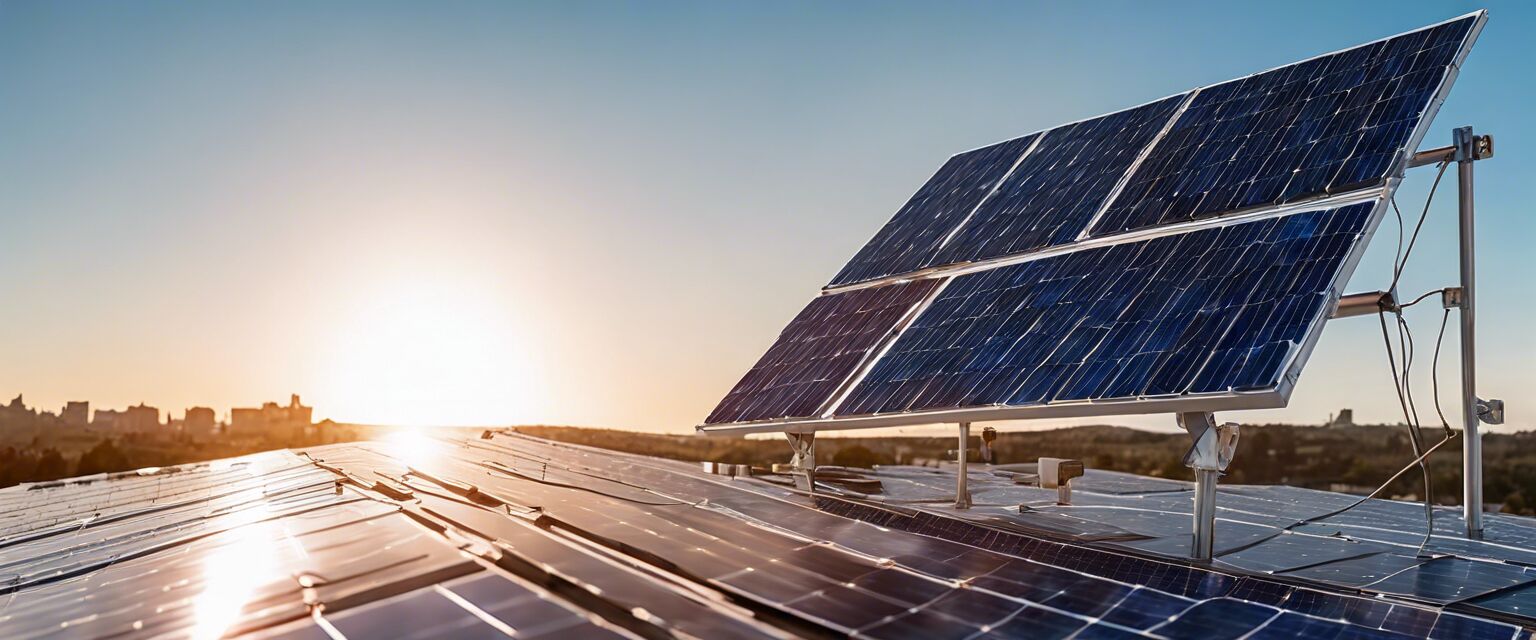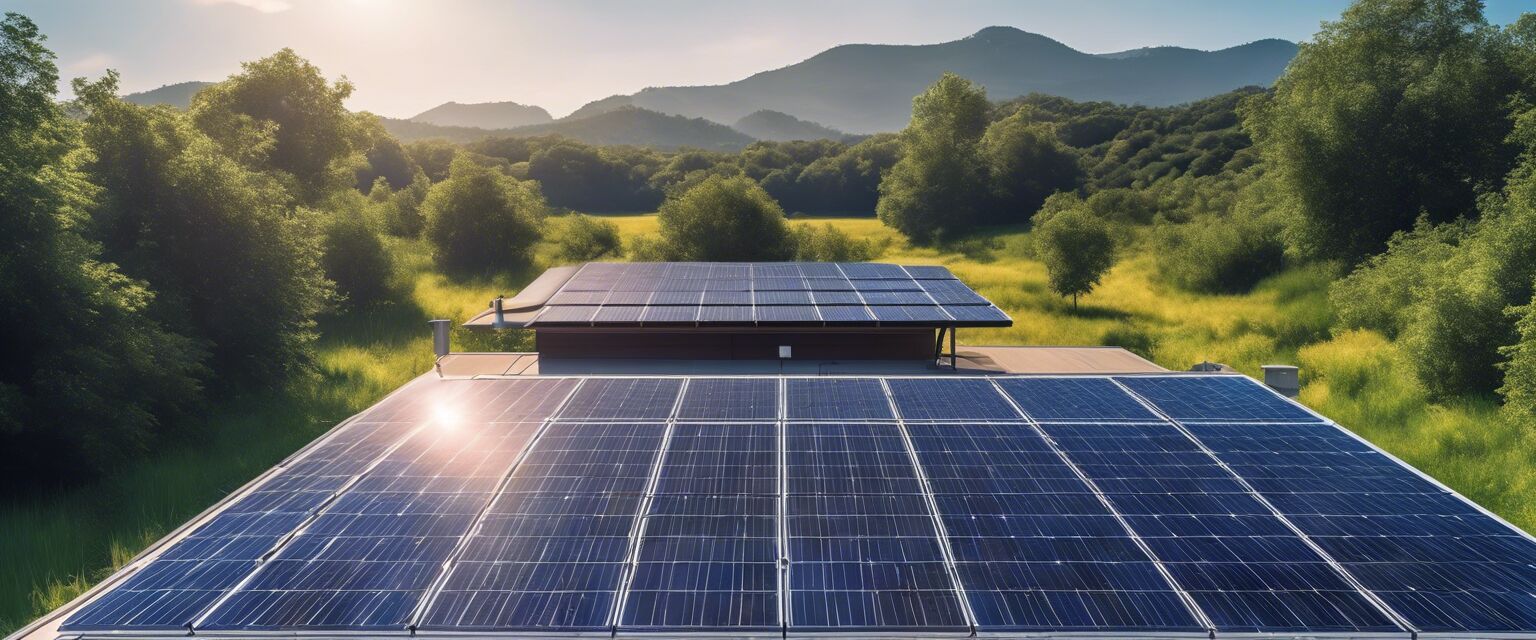
Solar Panel Installation
Key Takeaways
- Understanding the types of solar panels is crucial for installation.
- Proper site assessment can enhance energy efficiency.
- Installation requires specific tools and safety measures.
- Permits and regulations must be adhered to before installation.
- Regular maintenance ensures the longevity of the solar panels.
Solar panel installation is a significant step toward harnessing renewable energy. This guide covers the essentials of installing solar panels, ensuring efficiency and safety throughout the process. Whether you're considering residential solar panels or commercial solar systems, understanding the installation steps will help you make informed decisions.
Types of Solar Panels
Before diving into the installation, it's important to understand the different types of solar panels available:
| Type | Description | Efficiency | Cost |
|---|---|---|---|
| Monocrystalline | Made from a single crystal structure, these panels are known for their high efficiency. | 15-22% | Higher |
| Polycrystalline | Made from multiple crystal structures, these panels are slightly less efficient but more affordable. | 13-16% | Moderate |
| Thin-film | Lightweight and flexible panels, these are less efficient but can be used in a variety of applications. | 10-12% | Lower |
Preparing for Installation
Proper preparation is essential for a successful solar panel installation. Here are the key steps:
- Conduct a site assessment to determine the best location for solar panels.
- Check for any shading from trees or buildings that might affect panel efficiency.
- Consider your energy needs and how many panels you'll require.
- Ensure your roof is structurally sound and can support the solar panels.
- Research local regulations and obtain any necessary permits.
Site Assessment
A thorough site assessment includes evaluating the following factors:
| Factor | Considerations |
|---|---|
| Roof Orientation | South-facing roofs are optimal for solar panel placement. |
| Roof Angle | A pitch of 30-45 degrees is ideal for maximizing sunlight exposure. |
| Shading | Identify any potential shading from trees or structures. |
Tools Required for Installation
Having the right tools will make the installation process smoother. Here’s a list of essential tools:
- Drill
- Screwdriver
- Level
- Wrench set
- Measuring tape
- Safety harness
- Wire cutters
Installation Steps
The installation process can be broken down into several key steps:
- Mount the solar panel brackets on your roof.
- Secure the solar panels onto the brackets.
- Connect the solar panels to the inverter, which converts solar energy into usable electricity.
- Wire the system to the electrical panel of your home.
- Test the system to ensure everything is functioning correctly.
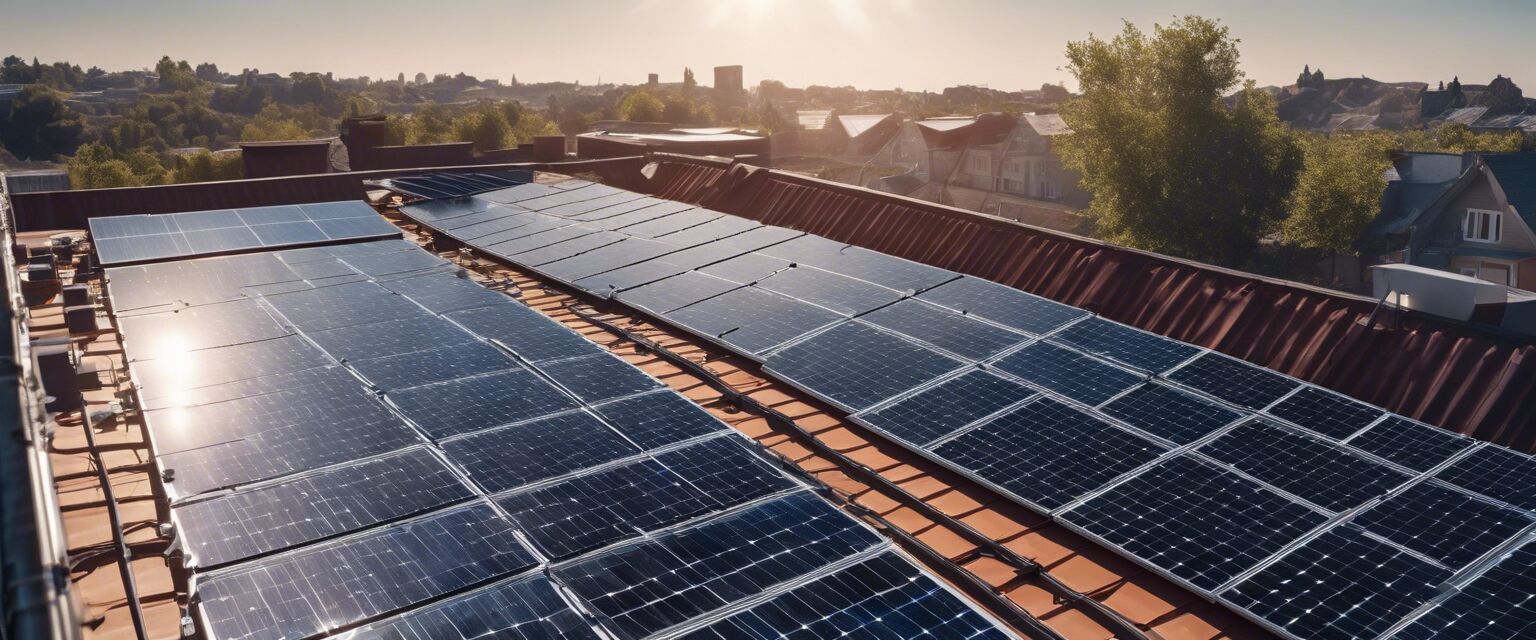
Safety Measures
Safety should always be a priority during installation. Adhere to the following measures:
- Wear safety gear including gloves and goggles.
- Ensure ladders are stable and on a flat surface.
- Have a first-aid kit on hand in case of emergencies.
- Work with a partner to ensure safety while on the roof.
Permits and Regulations
Make sure to check local regulations regarding solar panel installation. Key aspects include:
- Building codes
- Zoning laws
- Utility company requirements
Post-Installation Maintenance
After installation, regular maintenance is essential for optimal performance. Here are some maintenance tips:
- Clean the panels regularly to remove dust and debris.
- Inspect the panels for any damage or wear.
- Monitor the system's performance to ensure it’s generating expected energy.

Pros
- Reduces electricity bills.
- Environmentally friendly energy source.
- Increases property value.
- Government incentives available.
Cons
- High initial installation cost.
- Weather-dependent efficiency.
- Requires space for installation.
- Potential for roof damage if not installed properly.
Conclusion
Installing solar panels is a significant investment that can lead to long-term savings and environmental benefits. By understanding the installation process and adhering to safety and regulatory requirements, you can ensure a successful solar panel installation.
Tips for Beginners
- Start with a small installation project to gain experience.
- Educate yourself about solar energy and the technology involved.
- Consult with professionals if you're unsure about any step.
- Keep up with local solar incentives and rebates.
